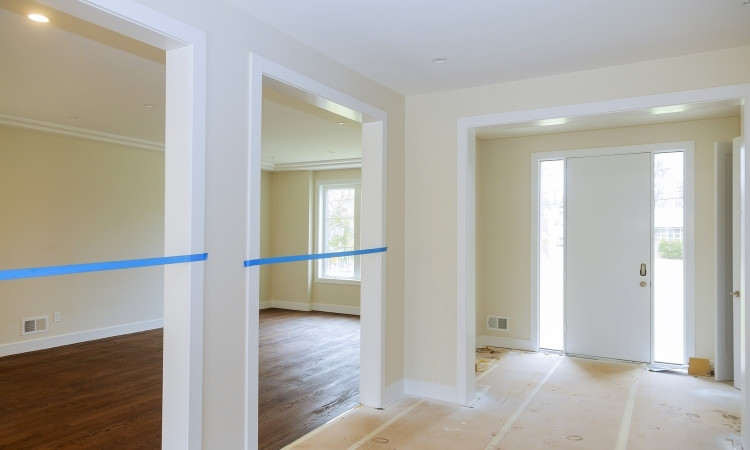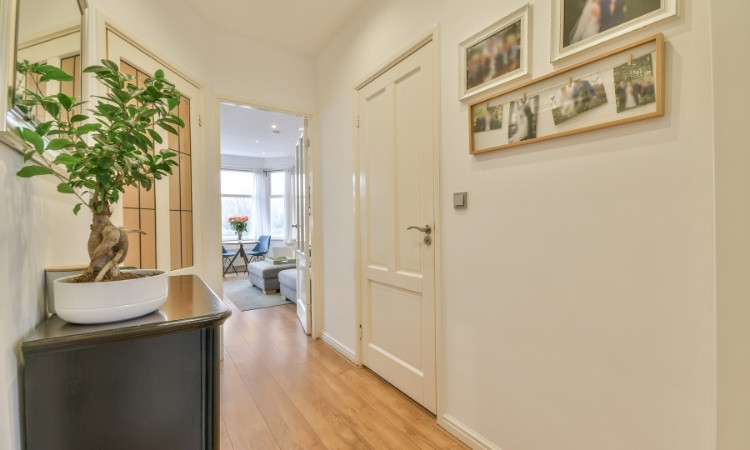How to Paint a Residential Building in Singapore
Painting a residential building is more than just a decorative upgrade; it’s essential to protecting your home from Singapore’s tropical weather. There are several things to consider before getting started—combatting relentless humidity and following local guidelines are two.
Here’s a step-by-step guide from years of professional experience that will teach you how to paint a residential building in Singapore. Also, LS Painting Services Singapore offers room painting, house painting, and commercial painting services in Singapore.
1. Preparation Before Painting
Assess the Building
When dealing with painting, the building must be scrutinized before any form of painting is to be considered. Check for cracks, chalking, blistering, or mold – problems often seen in Singapore because of the humid climate. These problems need to be looked into to avoid jeopardizing the durability of the paintwork.
At least, I remember a case at work where we realized there was a lot of water damage to your workspace even before starting a particular assignment. A proper inspection could have only saved a lot of time and energy.
Choose the Right Paint
Singapore has unique paint directions and regulations; not all paints are identical. In order to paint a residential building, you should use paints that are strictly suitable for tropical climates, particularly the anti-mold and weather-resistant varieties. If you paint a flat, you must be mindful of the HDB rules and regulations and not paint such colors on exterior walls.
My recommendation? Another self-evident tip is to use good-quality paint. It will cost more initially to do it this way, but the outcome is that they will last much longer than if you constantly replace them.
Gather Tools and Materials
Ensure you have all the essentials, including rollers, brushes, ladders, drop cloths, and masking tape. Always ensure you protect yourself well, especially where you’ll be working at high places. A safety harness and non-slip shoes are a total lifesaver!
Obtain Necessary Permits (if applicable)
If you live in an HDB flat or condominium, it is advisable to consult the building management to find out if permission is required. Failing to do so could result in fine charges or the project’s inability to continue its progress on time.

2. Preparing the Surface
Clean the Walls
Proper surface preparation is a must when you paint a residential building if you want the paint to adhere properly. Clean the surface of dirt, grease, and chalking paint. For persistent dirt, I use power washing most of the time because it saves a lot of time and produces good results.
Repair Damages
All the gaps should then be sealed with a high-quality putty or filler. For rough surfaces, sanding finishes give a sleek and professionally polished outlook. I have come across some projects where this step was omitted, and one finds himself with ugly lumps and a rough surface.
Prime the Surface
Primer is important and especially in Singapore since the climate is hot and humid. It improves paint adhesion while also providing protection against water absorption into the painted surface.
3. Painting Process
Start with Edges and Trim
Start with the edges and the trims first, and use brushes that are smaller for more precision. It is useful to create clear and clean lines, plus it reduces the possibility of having blurs or smudges.
Do not overlook painter’s tape; absolutely basic but effective practice that I learned from the start which guarantees the best results.
Apply the Base Coat
For large and flat surfaces, rollers can be used to apply the fiberglass to give an even surface. Sometimes, if the paint is quite translucent, two to three coats may be required on your walls.
Letting each layer dry before proceeding to the next layer is also important. Patience is essential in this procedure so as not to peel or have improper coverage at some point in the future.
Finish with a Top Coat
The final layer can also be of high standard to enhance protection against weather and tear. Select one that has high levels of ultraviolet or UV resistance to cope with Singapore’s intensity of sunlight. This is why adequate ventilation should be provided in the course of this process so that drying is done effectively.

4. Cleaning And Maintenance After Paint Job
Cleanup Tools and Area
Throw away the paint in an appropriate manner and wash tools to enhance their usage. Unfold masking tape and drop cloths very gently to provide fine, unblemished lines.
Inspect the Finished Work
Check for any areas the paint seemed to have missed or areas with poor adhesion in overall surfaces. Get at them while the paint is still easy to touch.
Long-Term Maintenance Tips
To maintain the paint on the walls, you should wash them occasionally with mild soap and water. However, that is easily remedied; touch-up kits can solve many minor scratching and staining problems.
5. Hiring Professional Painters
Usually, painting is something people do on their own, but if they hire a painter, it’s usually a good thing. Professional painters offer skill, time-saving, and relevant measures of safety when it comes to painting.
What makes them suitable for this job is that they employ only the best tools and materials to make the buildings withstand the Singapore weather. Not to mention, they are concerned about the cleaning post-painting, and they do it effectively.
Conclusion
Residential building painting in Singapore is very delicate and involves a lot of preparation, use of the right materials, and or a step-by-step procedure. By following these overall guidelines, you may be able to get that strong and polished-looking finish that adds value to the property.
For those who need expert assistance about how to paint a residential building, contacting the professionals will help you make your idea turn into reality by offering professional painting services in Singapore with potential issues that may occur.


